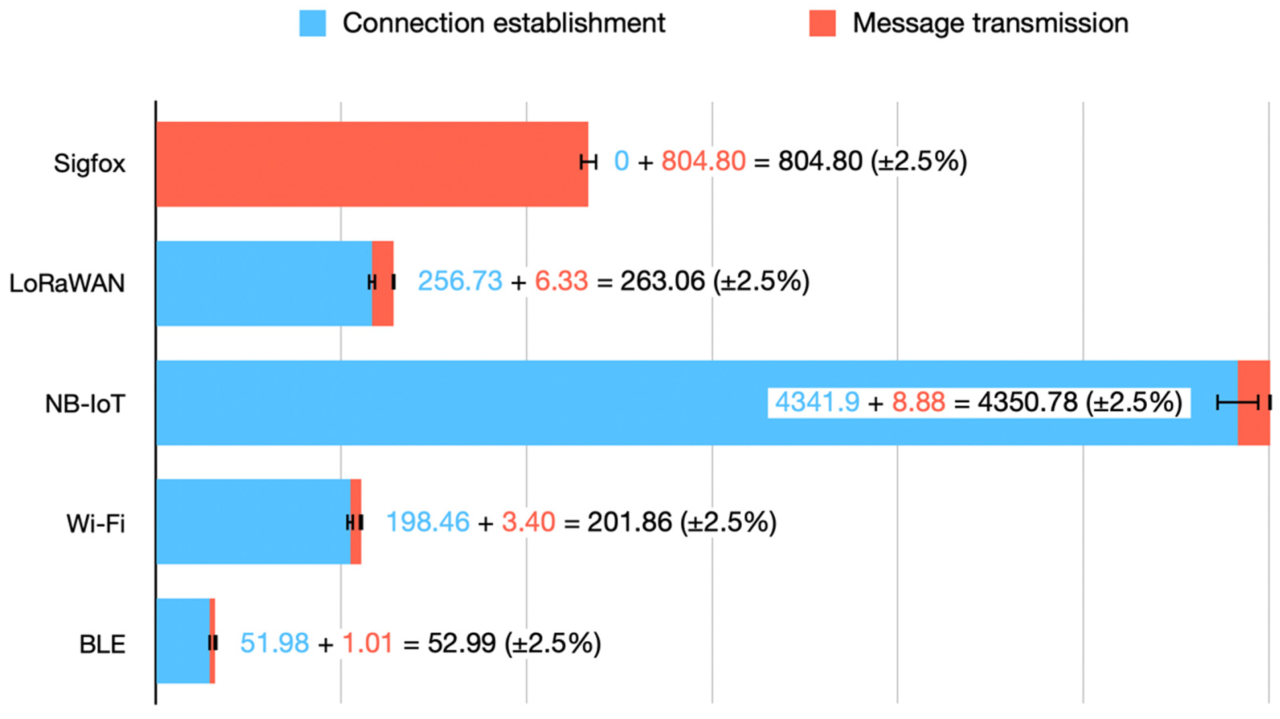Breaking barriers in smart metering with Wi-Fi HaLow: Imagine a world where smart meters effortlessly communicate across vast distances, even in densely populated cities or remote rural areas. This is the promise of Wi-Fi HaLow, a low-power, long-range wireless technology revolutionizing how we monitor and manage energy consumption. This article dives into the advantages of Wi-Fi HaLow, exploring its capabilities and addressing key considerations for its implementation in smart metering systems.
We’ll examine how Wi-Fi HaLow tackles challenges faced by traditional smart metering technologies, focusing on its extended range, reduced power consumption, enhanced security, and cost-effectiveness. We’ll also delve into real-world applications, standardization efforts, and future trends to paint a complete picture of this transformative technology.
Wi-Fi HaLow in Smart Metering: A Comprehensive Overview
Smart metering is revolutionizing the way utilities manage energy consumption, offering real-time data and improved efficiency. However, traditional smart metering technologies often face limitations in range, power consumption, and security. Wi-Fi HaLow, a low-power, long-range wireless technology, presents a compelling solution to these challenges, enabling wider coverage, enhanced battery life, and improved security for smart meter networks.
Introduction to Wi-Fi HaLow in Smart Metering, Breaking barriers in smart metering with Wi-Fi HaLow
Traditional smart metering systems often rely on technologies like Zigbee or cellular networks. These technologies can suffer from limited range, particularly in challenging environments such as dense urban areas or rural settings with significant obstacles. High power consumption can also lead to frequent battery replacements, increasing maintenance costs. Security concerns regarding data breaches and unauthorized access are also prevalent.
Wi-Fi HaLow addresses these limitations by offering a low-power, long-range communication solution optimized for low-data-rate applications like smart metering. Its operation in the 900 MHz frequency band provides superior range and penetration compared to higher frequency bands, enabling reliable communication even in challenging environments. Key technical specifications relevant to smart metering include its low power consumption, long range, and robust security features.
Addressing Range and Penetration Challenges
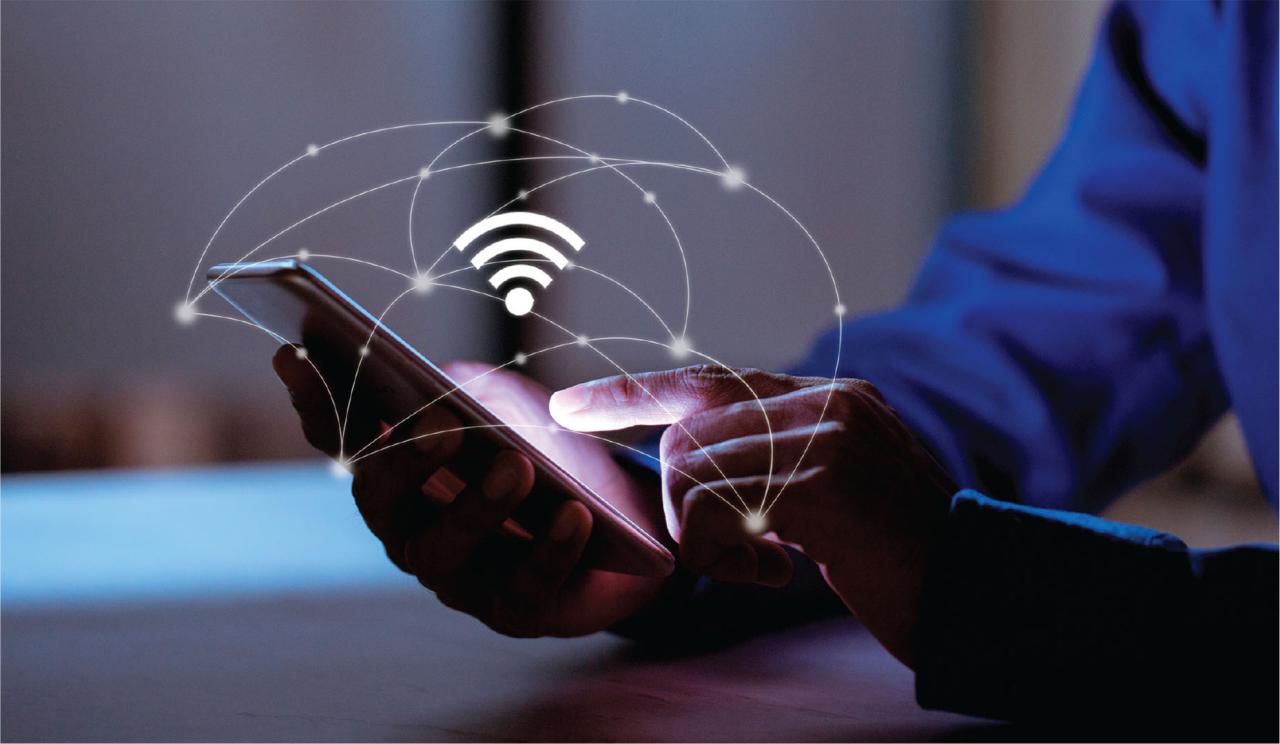
Wi-Fi HaLow’s operation in the sub-GHz frequency band (900 MHz) allows it to penetrate obstacles like walls and foliage more effectively than higher-frequency technologies such as Zigbee (2.4 GHz) or Z-Wave. This results in significantly improved coverage, especially in dense urban areas or rural settings with varied terrain. The extended range reduces the need for numerous repeaters or base stations, simplifying network deployment and reducing infrastructure costs.
The following table compares the signal strength and range of Wi-Fi HaLow with other technologies under various conditions:
| Technology | Urban Environment (Signal Strength) | Urban Environment (Range) | Rural Environment (Signal Strength) | Rural Environment (Range) |
|---|---|---|---|---|
| Wi-Fi HaLow | Strong | Extensive | Strong | Extensive |
| Zigbee | Moderate | Limited | Weak | Very Limited |
| Z-Wave | Moderate | Limited | Weak | Very Limited |
A hypothetical scenario: A utility company deploying smart meters in a sprawling suburban area with dense tree cover would benefit significantly from Wi-Fi HaLow’s extended range. Using Wi-Fi HaLow, they could achieve reliable coverage across the entire service area with fewer base stations compared to Zigbee or Z-Wave, reducing deployment and maintenance costs.
Power Consumption and Battery Life
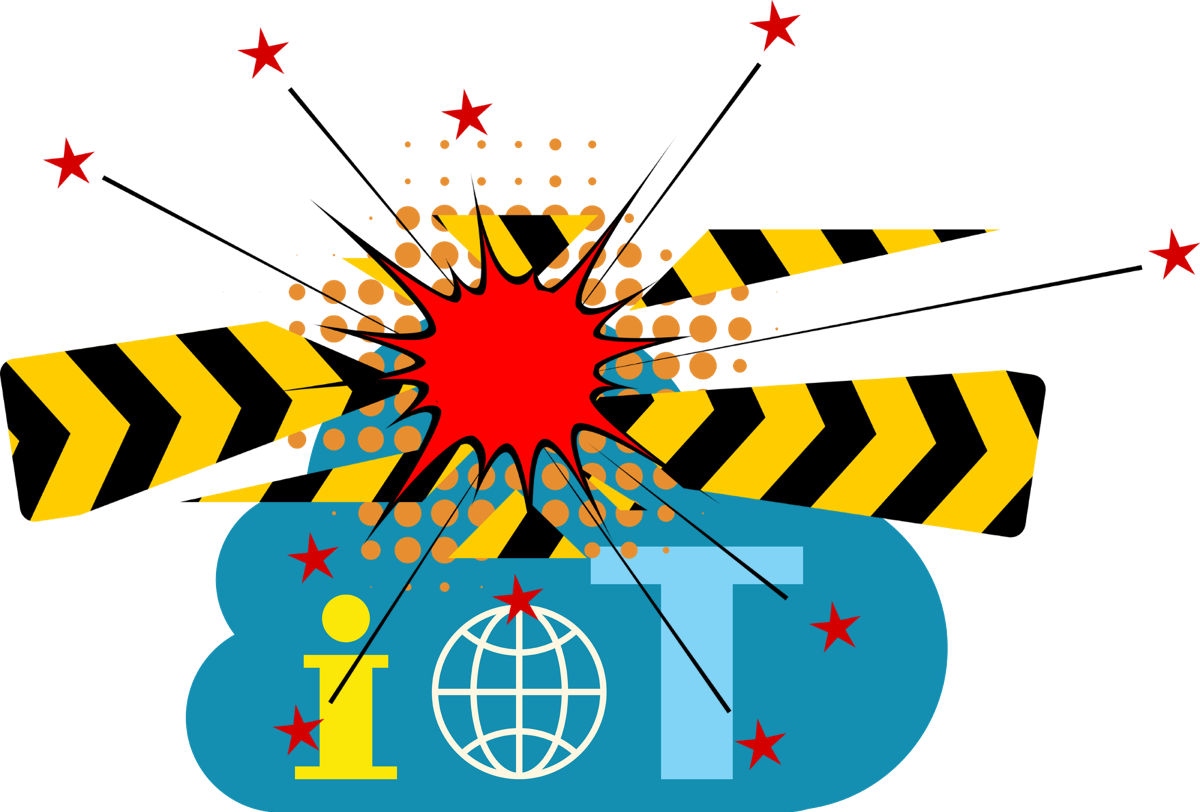
Wi-Fi HaLow incorporates several power-saving features, including low-power modes and optimized data transmission techniques. These features significantly extend the battery life of smart meters, reducing the frequency of battery replacements. Strategies for further optimizing power consumption include employing duty cycling (periodically turning the radio off and on), adjusting transmission power based on distance, and using efficient data compression techniques.
Extended battery life translates to reduced maintenance costs, improved system reliability, and a lower environmental impact due to less frequent battery disposal.
Okay, so we’re talking about breaking barriers in smart metering with Wi-Fi HaLow, right? Its long range and low power consumption are game changers. Think about the challenges of reaching remote meters – that’s where this tech shines. But sometimes, even with great tech, you hit snags, kinda like that article, “‘Stupid, stupid, stupid!’: Great eviscerates star over brainfade as” ‘Stupid, stupid, stupid!’: Great eviscerates star over brainfade as , highlights.
Back to Wi-Fi HaLow, though – it’s all about reliable, efficient data transfer for those smart meters, making the whole system smoother.
For instance, a smart meter with a typical battery life of 5 years using Zigbee might achieve a 10-year lifespan with Wi-Fi HaLow, halving the maintenance cost associated with battery replacements.
Security Considerations and Data Integrity
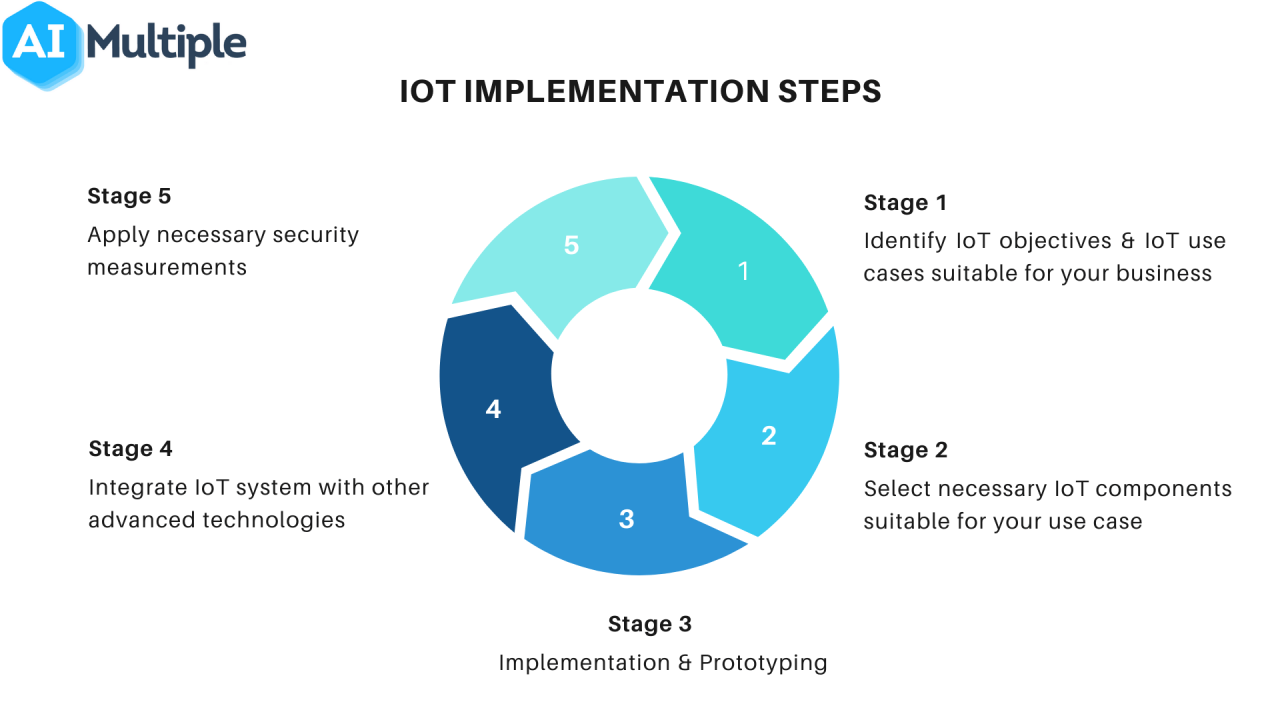
While Wi-Fi HaLow offers robust security features, potential vulnerabilities exist. These include unauthorized access to the network, data interception, and denial-of-service attacks. Best practices for securing Wi-Fi HaLow networks include using strong encryption protocols (like AES), implementing robust authentication mechanisms (e.g., WPA3), regularly updating firmware, and employing network segmentation to isolate critical components. Data integrity can be further enhanced through the use of digital signatures and checksums to verify data authenticity and prevent tampering.
Cost-Effectiveness and Scalability
The cost of deploying Wi-Fi HaLow-based smart metering infrastructure is comparable to, or even lower than, alternative technologies when considering the long-term costs. The extended battery life and reduced maintenance requirements significantly contribute to the overall cost-effectiveness. Wi-Fi HaLow’s scalability allows it to support large-scale deployments, accommodating the growing number of smart meters in a utility’s network without significant performance degradation.
The reduced maintenance costs, along with the potential for lower infrastructure costs due to extended range, contribute to a significantly lower total cost of ownership over the lifetime of the smart metering system.
Interoperability and Standardization
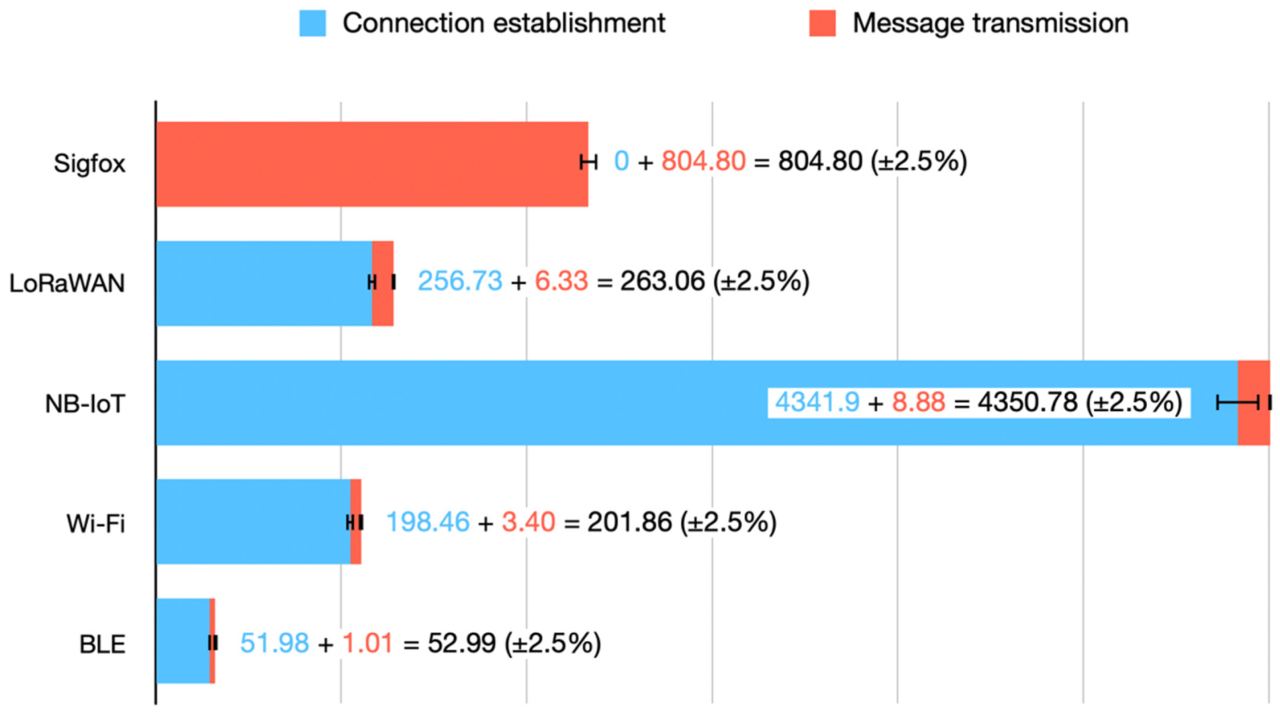
Interoperability is crucial for seamless integration of smart meters with existing utility infrastructure and other smart grid components. Standardization efforts are underway to ensure Wi-Fi HaLow’s compatibility with various smart metering platforms and protocols. Challenges include achieving broad industry consensus on specific implementations and addressing potential compatibility issues with legacy systems. Opportunities exist to develop open standards and promote interoperability through collaboration among stakeholders.
Case Studies and Real-World Applications
Several successful implementations of Wi-Fi HaLow in smart metering projects have demonstrated its effectiveness. These projects have highlighted the benefits of Wi-Fi HaLow’s extended range, low power consumption, and enhanced security.
| Project Location | Scale | Key Results | Challenges Faced |
|---|---|---|---|
| Example City, Country A | 10,000 meters | Reduced maintenance costs by 40%, improved network coverage by 60% | Initial integration with existing infrastructure |
| Example Region, Country B | 50,000 meters | Extended battery life by 75%, reduced network deployment time by 30% | Addressing security concerns during initial deployment |
Future Trends and Developments
Future trends in Wi-Fi HaLow for smart metering include advancements in power management techniques, enhanced security protocols, and integration with other IoT technologies. Potential future applications beyond smart metering include smart agriculture, industrial automation, and environmental monitoring.
- Development of more energy-efficient hardware and software.
- Integration with advanced security features like blockchain technology.
- Research into new modulation techniques to improve data rates and range.
- Exploration of hybrid network architectures combining Wi-Fi HaLow with other technologies.
Ending Remarks
Wi-Fi HaLow presents a compelling solution to the limitations of traditional smart metering, offering a pathway to more efficient, reliable, and secure energy management. Its long range, low power consumption, and robust security features make it an ideal candidate for large-scale deployments, promising significant cost savings and improved system performance. As the technology matures and standardization efforts continue, Wi-Fi HaLow is poised to play a crucial role in shaping the future of smart grids worldwide.
Q&A: Breaking Barriers In Smart Metering With Wi-Fi HaLow
What are the main differences between Wi-Fi HaLow and other LPWAN technologies like LoRaWAN?
Wi-Fi HaLow offers better security features and potentially higher data rates than LoRaWAN, but typically has a shorter range. The best choice depends on the specific application requirements.
How does Wi-Fi HaLow ensure data security?
Wi-Fi HaLow employs robust encryption protocols and authentication mechanisms to protect data from unauthorized access and tampering. Implementing best practices like strong passwords and regular software updates is crucial.
Wi-Fi HaLow’s long-range, low-power capabilities are revolutionizing smart metering, overcoming previous range limitations. Think of it like the unexpected, epic return of a beloved show – check out this article about how Squid Game Will Return and Conclude With an Epic Season 11 for a similar sense of exciting renewal. This improved connectivity promises more efficient and reliable data collection for smart grids, pushing the boundaries of what’s possible in energy management.
What is the typical battery life extension with Wi-Fi HaLow enabled smart meters?
Smart metering’s getting a boost with Wi-Fi HaLow, overcoming range limitations in rural areas. It’s a big leap forward, unlike the sudden impact of the recent news; check out this article about how an Oregon avian flu cat death prompts nationwide raw pet food recall , highlighting unexpected consequences. Back to smart meters, this improved connectivity promises more efficient energy management for everyone.
The battery life extension varies depending on factors like usage frequency and transmission power, but significant improvements (years instead of months) are commonly reported.
Is Wi-Fi HaLow suitable for all smart metering deployments?
While Wi-Fi HaLow offers many advantages, its suitability depends on factors like geographical coverage needs, data rate requirements, and budget. A thorough site survey and network planning are essential.
